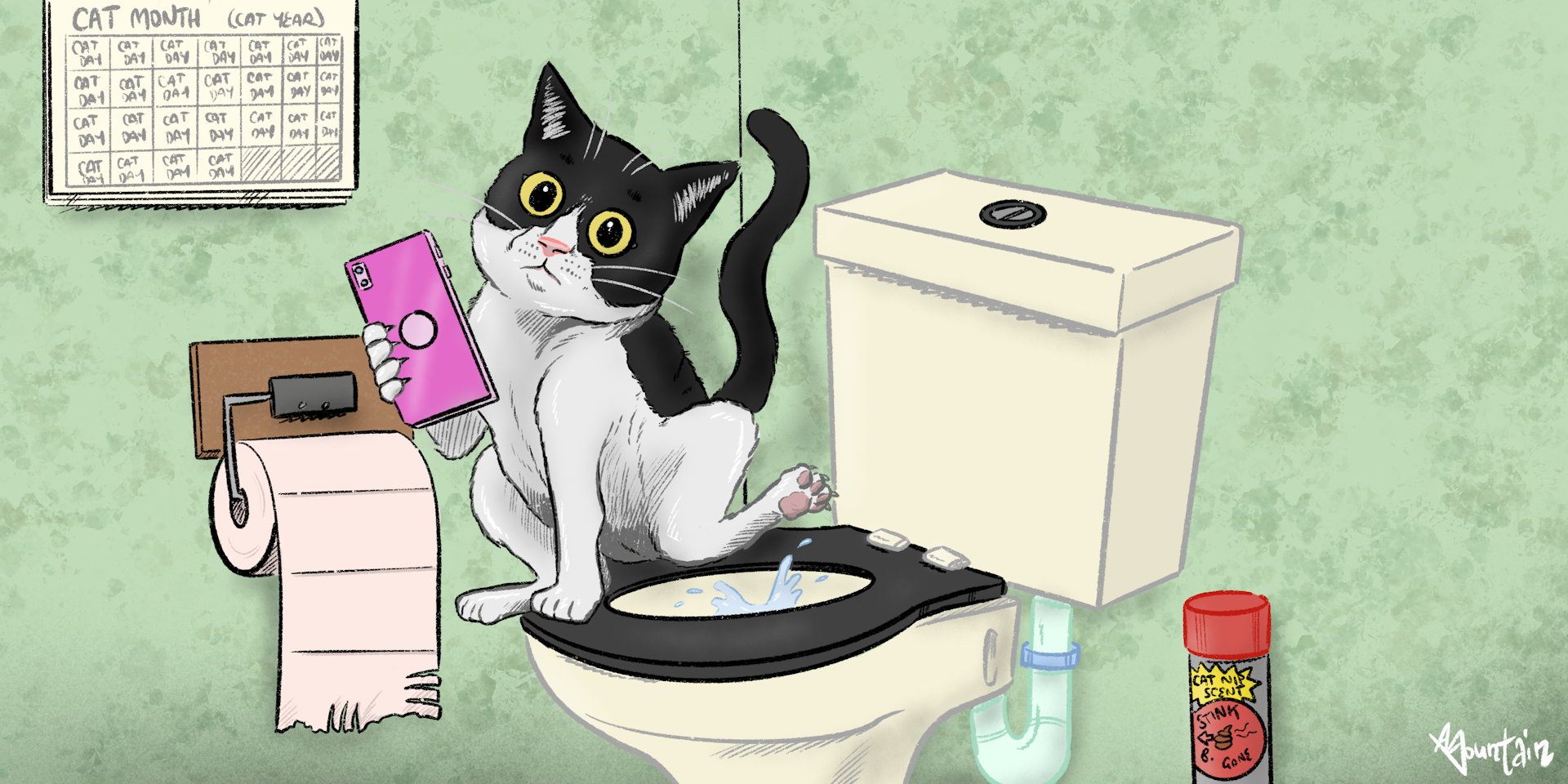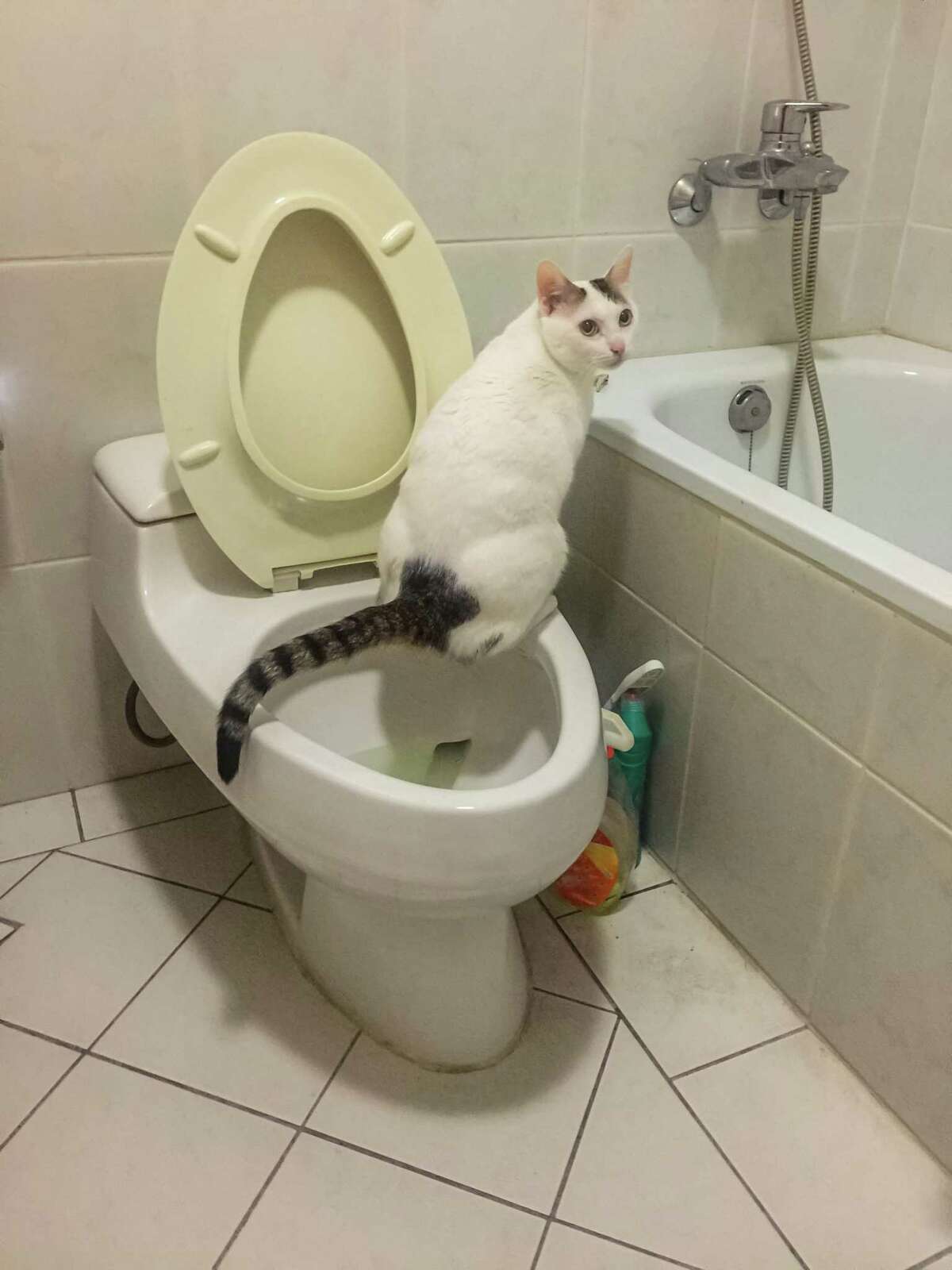Why You Must Never Flush Cat Poop Down Your Toilet - Critical Facts
Why You Must Never Flush Cat Poop Down Your Toilet - Critical Facts
Blog Article
Are you currently trying to locate help and advice about Don’t flush cat feces down the toilet?

Introduction
As pet cat proprietors, it's necessary to bear in mind exactly how we deal with our feline friends' waste. While it might appear convenient to purge pet cat poop down the toilet, this technique can have detrimental repercussions for both the setting and human health.
Environmental Impact
Flushing feline poop presents harmful pathogens and bloodsuckers right into the water supply, posing a considerable danger to water environments. These pollutants can adversely affect marine life and compromise water quality.
Health Risks
Along with ecological worries, flushing cat waste can also pose wellness dangers to human beings. Feline feces may include Toxoplasma gondii, a parasite that can trigger toxoplasmosis-- a potentially serious ailment, especially for expectant women and individuals with damaged body immune systems.
Alternatives to Flushing
Fortunately, there are much safer and much more responsible means to throw away feline poop. Take into consideration the complying with alternatives:
1. Scoop and Dispose in Trash
One of the most usual method of disposing of cat poop is to scoop it into an eco-friendly bag and throw it in the garbage. Make certain to make use of a dedicated litter inside story and dispose of the waste immediately.
2. Usage Biodegradable Litter
Choose naturally degradable feline trash made from materials such as corn or wheat. These clutters are eco-friendly and can be safely thrown away in the trash.
3. Bury in the Yard
If you have a lawn, think about burying cat waste in a designated location far from veggie yards and water sources. Make certain to dig deep enough to prevent contamination of groundwater.
4. Mount a Pet Waste Disposal System
Buy a pet dog waste disposal system especially developed for pet cat waste. These systems make use of enzymes to break down the waste, minimizing smell and environmental influence.
Conclusion
Responsible family pet ownership expands beyond giving food and sanctuary-- it likewise entails proper waste monitoring. By avoiding purging pet cat poop down the bathroom and going with different disposal techniques, we can reduce our environmental footprint and shield human health and wellness.
Why Can’t I Flush Cat Poop?
It Spreads a Parasite
Cats are frequently infected with a parasite called toxoplasma gondii. The parasite causes an infection called toxoplasmosis. It is usually harmless to cats. The parasite only uses cat poop as a host for its eggs. Otherwise, the cat’s immune system usually keeps the infection at low enough levels to maintain its own health. But it does not stop the develop of eggs. These eggs are tiny and surprisingly tough. They may survive for a year before they begin to grow. But that’s the problem.
Our wastewater system is not designed to deal with toxoplasmosis eggs. Instead, most eggs will flush from your toilet into sewers and wastewater management plants. After the sewage is treated for many other harmful things in it, it is typically released into local rivers, lakes, or oceans. Here, the toxoplasmosis eggs can find new hosts, including starfish, crabs, otters, and many other wildlife. For many, this is a significant risk to their health. Toxoplasmosis can also end up infecting water sources that are important for agriculture, which means our deer, pigs, and sheep can get infected too.
Is There Risk to Humans?
There can be a risk to human life from flushing cat poop down the toilet. If you do so, the parasites from your cat’s poop can end up in shellfish, game animals, or livestock. If this meat is then served raw or undercooked, the people who eat it can get sick.
In fact, according to the CDC, 40 million people in the United States are infected with toxoplasma gondii. They get it from exposure to infected seafood, or from some kind of cat poop contamination, like drinking from a stream that is contaminated or touching anything that has come into contact with cat poop. That includes just cleaning a cat litter box.
Most people who get infected with these parasites will not develop any symptoms. However, for pregnant women or for those with compromised immune systems, the parasite can cause severe health problems.
How to Handle Cat Poop
The best way to handle cat poop is actually to clean the box more often. The eggs that the parasite sheds will not become active until one to five days after the cat poops. That means that if you clean daily, you’re much less likely to come into direct contact with infectious eggs.
That said, always dispose of cat poop in the garbage and not down the toilet. Wash your hands before and after you clean the litter box, and bring the bag of poop right outside to your garbage bins.
https://trenchlesssolutionsusa.com/why-cant-i-flush-cat-poop/

I ran across that content on How to Dispose of Cat Poop and Litter Without Plastic Bags when surfing the web. Sharing is nice. Helping people is fun. We treasure reading our article about Don’t flush cat feces down the toilet.
Visit My Site Report this page